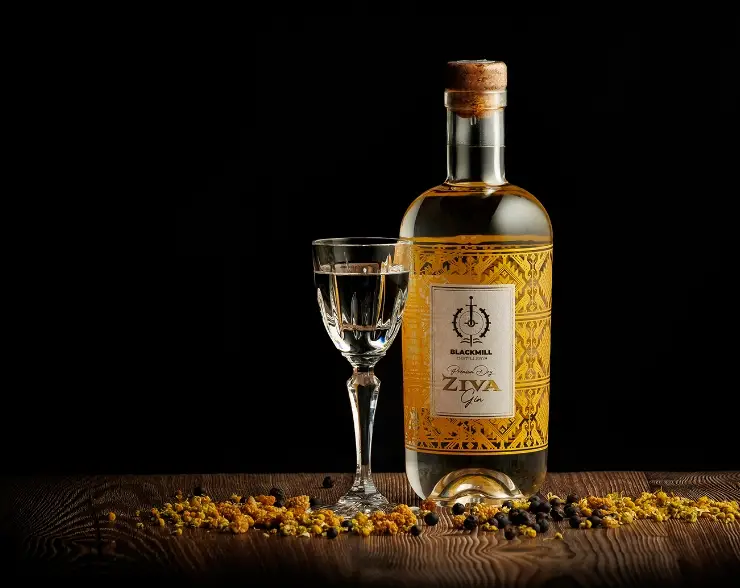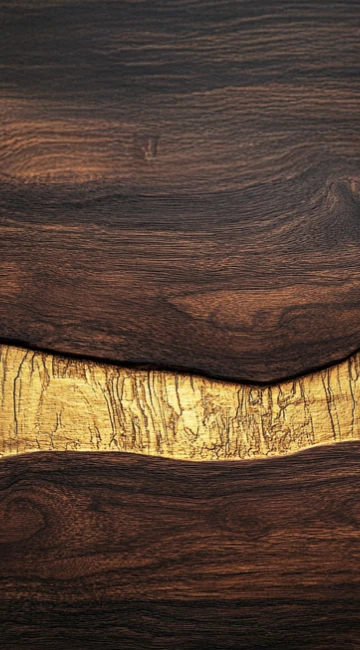White Carniola embroidery
Bela Krajina embroidery pattern on our gin bottle label
Embroidering used to be a domestic activity of women living in rural areas to make mostly household items for everyday use. Bela Krajina’s style of embroidery was also an indelible part of many local customs and traditions, namely baptisms, marriages, and deaths. The majority of embroidery in these rural areas was for bridal trousseaus. For stitching and weaving predominantly homemade linen or hemp fabric was used. Flax and hemp were sown in early spring, so they would be ready to harvest in late July. When they were ripe, they had to be pulled out with the roots to maximise the fibre length. The stems were gathered and tied up into sheaves, later rippled to remove the seeds and soaked in water to be retted. In some places, they would put the sheaves in water and weigh them down with stones. At the end, they would wash the sheaves and let them dry.
One of the embroidering techniques that has been preserved to the present day is tkaničenje, a type of counted cross-stitch embroidery that mimics weaving. Originally a weaving technique that spread in Bela Krajina in the late 19th and early 20th centuries, it transformed into an embroidery technique. The embroidery motifs are mostly geometrical shapes in red and blue yarn, as yarn in other colours wasn’t available in the interwar period. The embroidery was used to decorate towels, tablecloths, and bags. Nowadays, homemade linen is still being woven in the village of Adlešiči and the surrounding area to make typical Bela Krajina embroidery.











